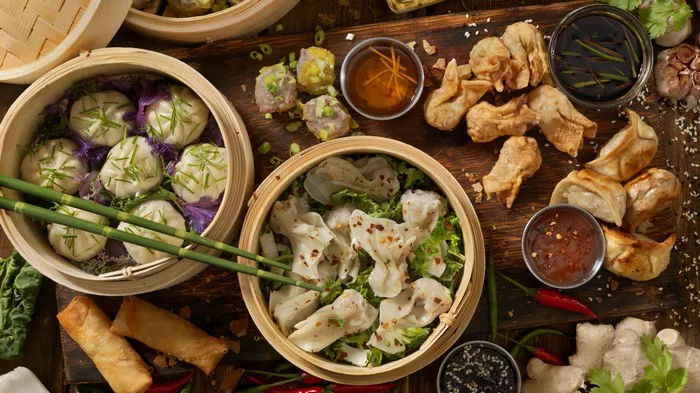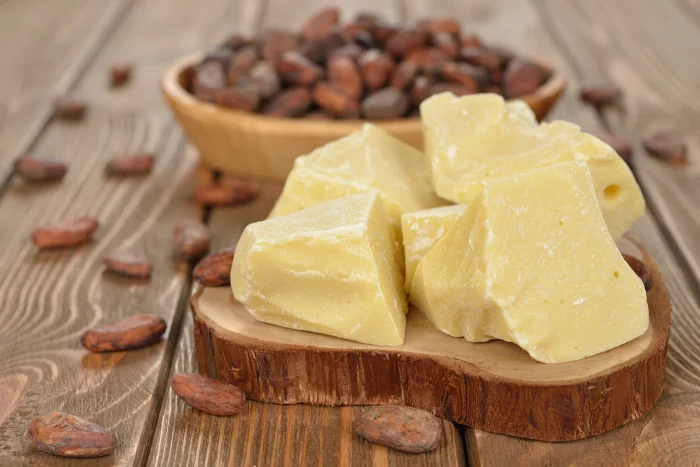Shrimp dumplings, also known as har gow in Cantonese cuisine, are a beloved delicacy that showcases the finesse of Chinese dim sum. These translucent, pleated parcels filled with succulent shrimp and a harmonious blend of seasonings are a treat for both the eyes and the taste buds. Mastering the art of making shrimp dumplings requires attention to detail, from sourcing the freshest ingredients to perfecting the wrapper and the filling, and finally, executing the precise cooking techniques. In this comprehensive guide, we will embark on a journey to discover the secrets of creating these delectable morsels.
Wheat Starch and Cornstarch
The Role of Wheat Starch: Wheat starch is a crucial ingredient in shrimp dumpling wrappers. It provides the structure and a certain degree of firmness to the wrappers. When combined with other ingredients and cooked, it gives the wrapper a smooth and slightly elastic texture. The quality of the wheat starch can significantly affect the final outcome of the wrapper. Look for fine, white wheat starch without any lumps or impurities. It is often used in a ratio with other starches to achieve the desired consistency.
For example, a common ratio might be around 70% wheat starch to 30% cornstarch. This combination helps to create a wrapper that is strong enough to hold the filling but also thin and delicate when steamed.
Cornstarch’s Contribution
Cornstarch plays a complementary role to wheat starch. It adds a touch of tenderness and helps to make the wrappers more translucent when cooked. Cornstarch has a finer texture than some other starches, which allows it to blend well with the wheat starch and create a smooth dough. It also helps to prevent the wrapper from becoming too gummy or sticky. The addition of cornstarch gives the shrimp dumpling wrapper a unique quality that is both visually appealing and pleasant to the palate.
In some recipes, a small amount of tapioca starch may be substituted for part of the cornstarch to enhance the chewiness and elasticity of the wrapper, but the traditional combination of wheat and cornstarch is widely favored.
Water and Salt
Proper Water Quantity and Temperature: The amount of water used in making the wrapper dough is crucial. Too much water can make the dough overly sticky and difficult to work with, while too little water can result in a dry and crumbly wrapper. A general guideline is to use about 1.2 to 1.5 times the volume of the combined starches in water. The water should be warm, around 80 to 90°F (27 to 32°C). Warm water helps to hydrate the starches more effectively and makes it easier to knead the dough into a smooth and pliable consistency.
It is important to add the water gradually while mixing the starches. This allows for better control over the dough’s texture. If the dough seems too dry, add a little more water in small increments until it reaches the right consistency.
The Significance of Salt
A pinch of salt is added to the wrapper dough. Salt not only enhances the flavor of the wrapper but also helps to strengthen the gluten network in the wheat starch, albeit to a lesser extent than in wheat flour doughs. This gives the wrapper a bit more structure and elasticity. The salt also acts as a preservative, helping to extend the shelf life of the dumplings slightly. However, it is important not to overdo the salt, as it should not overpower the delicate flavors of the shrimp filling.
Oil (Optional)
Types of Oils and Their Effects: Some recipes call for the addition of a small amount of oil, such as vegetable oil or peanut oil, to the wrapper dough. The oil helps to make the dough more pliable and easier to roll out. It also gives the wrapper a slightly glossy appearance and a more tender texture. Vegetable oil is a neutral-tasting option that works well in most cases. Peanut oil, on the other hand, can add a subtle nutty flavor. The amount of oil used is typically around 1 to 2 teaspoons per cup of starch mixture.
When adding the oil, it should be incorporated into the dough after the starches and water have been combined. Knead the dough until the oil is evenly distributed.
Selecting the Shrimp
Freshness and Quality: The key to a delicious shrimp dumpling filling is using high-quality, fresh shrimp. Look for shrimp that have a firm texture, a translucent appearance, and a mild, oceanic smell. Avoid shrimp that are mushy, have a strong ammonia-like odor, or show signs of discoloration. Freshly caught or thawed shrimp that have been properly stored are ideal. The size of the shrimp can vary, but medium to large shrimp are often preferred as they are easier to work with and provide a more substantial bite in the dumpling.
Reheating Methods
Boiling Reheat: To reheat dumplings by boiling, bring a pot of water to a rolling boil. Add the frozen or refrigerated dumplings and cook them according to the original cooking time, adding a few minutes if they are frozen. Stir gently to prevent them from sticking. Once cooked, drain the dumplings and serve them with your favorite dipping sauce. Boiling is a simple and effective way to reheat dumplings and helps to restore their original texture.
If the dumplings were previously fried, boiling them will make the exterior less crispy but will still result in a delicious and tender dumpling.
Steaming Reheat
Steaming is another good option for reheating dumplings. Set up a steamer as described earlier and steam the dumplings for about 5 to 10 minutes, depending on whether they are refrigerated or frozen. Steaming helps to preserve the texture of the dumplings and is a gentle way to reheat them. The dumplings will come out hot and tender, ready to be served.
If you have a microwave steamer, you can also use it to reheat a small number of dumplings quickly.
Frying Reheat
If you want to restore the crispy texture of fried dumplings, you can reheat them by frying. Heat a non-stick skillet or a cast-iron pan over medium-high heat and add a small amount of oil. Place the dumplings in the pan and fry them until they are golden brown and crispy on both sides. This method is best for dumplings that were originally pan-fried or deep-fried. However, it is important to note that reheating dumplings by frying may make them a bit greasier than the original cooking.
Conclusion
The art of making shrimp dumplings is a delightful and rewarding culinary pursuit. From the careful selection of fresh shrimp and the precise preparation of the filling to the meticulous shaping and cooking of the dumplings, each step contributes to the creation of a delicious and visually appealing dish. With the knowledge and skills gained from this comprehensive guide, you can now embark on your own journey of making these delectable shrimp dumplings. Whether you serve them as an elegant appetizer, a satisfying snack, or a part of a sumptuous meal, they are sure to impress family and friends and bring a taste of authentic Chinese cuisine to your table. So, gather your ingredients, roll up your sleeves, and start creating these little parcels of deliciousness in your kitchen.
Related Topics:


























